
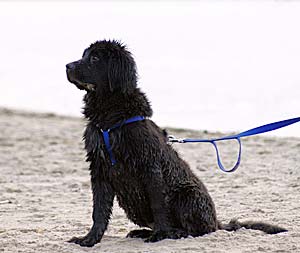





The Newfoundland is a breed of working dog developed in Newfoundland, possibly from crosses between native dogs and the Great Pyrenees dogs taken to North America by Basque fishermen in the 17th century. The most likely theory of the origin of the Newfoundland is that it is a descendant of the Tibetan Mastiff. It developed webbed feet and oily coat in an effort to adapt to the rugged conditions in Newfoundland, Eastern Canada. The breed aided fishermen and gained great fame as a life-saver. It has strong instinct to rescue anything or anyone, in the water and retrieve it to safety. The Newfoundland is a huge, characteristically gentle and patient dog. It has powerful hindquarters, a large lung capacity, large webbed feet, and a heavy, oily coat contribute to the dog's ability to swim and to withstand cold waters. In addition to rescue work, the Newfoundland has served as a watchdog and companion and as a draft animal. The typical Newfoundland is solid black; the Landseer Newfoundland, named after Sir Edwin Landseer, the artist who painted it, is usually black and white.
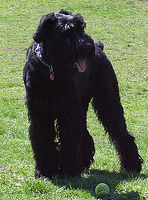 Giant Schnauzers: A guide to dogs and puppies of the Giant Schnauzer breed
Giant Schnauzers: A guide to dogs and puppies of the Giant Schnauzer breed
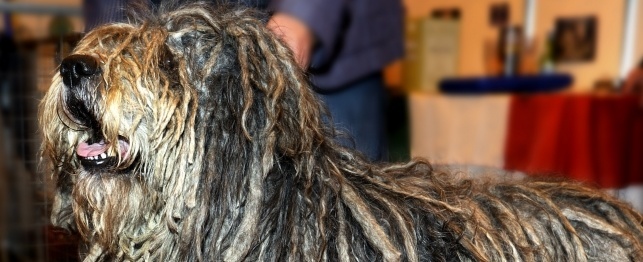 Bergamasco Sheepdog: Choosing a Bergamasco Sheepdog
Bergamasco Sheepdog: Choosing a Bergamasco Sheepdog
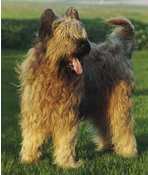 Briards: A guide to dogs and puppies of the Briard breed
Briards: A guide to dogs and puppies of the Briard breed
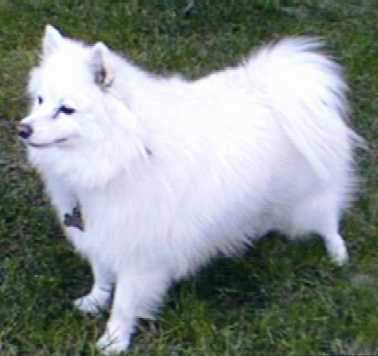 American Eskimo
American Eskimo
 Labrador Retrievers: A guide to dogs and puppies of the Labrador Retriever breed
Labrador Retrievers: A guide to dogs and puppies of the Labrador Retriever breed
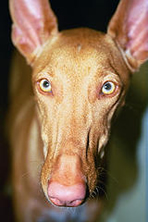 Pharaoh Hounds: A guide to dogs and puppies of the Pharaoh Hound breed
Pharaoh Hounds: A guide to dogs and puppies of the Pharaoh Hound breed
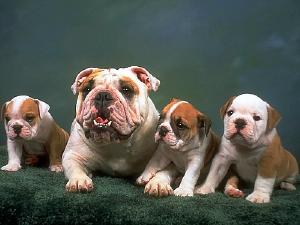 Bulldog
Bulldog
Bulldog
Bulldog
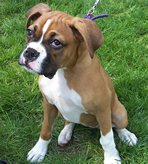 Boxers: A guide to dogs and puppies of the Boxer breed
The Boxer!
The Boxer is a medium-sized, square built dog of
Boxers: A guide to dogs and puppies of the Boxer breed
The Boxer!
The Boxer is a medium-sized, square built dog of
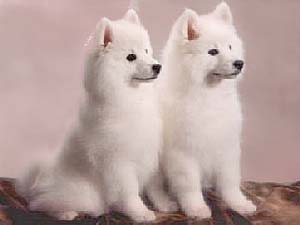 American Eskimo - Miniature
American Eskim
American Eskimo - Miniature
American Eskim
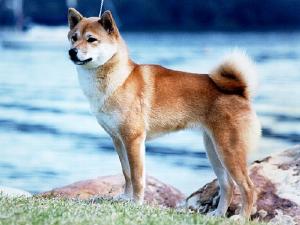 Shiba Inu
Shiba Inu
Shiba Inu
Shiba Inu
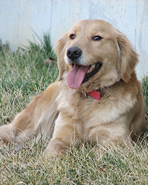 Golden Retrievers: A guide to dogs and puppies of the Golden Retriever breed
The Golden Retriever!
The Golden Retriever is a breed that
Golden Retrievers: A guide to dogs and puppies of the Golden Retriever breed
The Golden Retriever!
The Golden Retriever is a breed that
Copyright © 2005-2016 Pet Information All Rights Reserved
Contact us: www162date@outlook.com